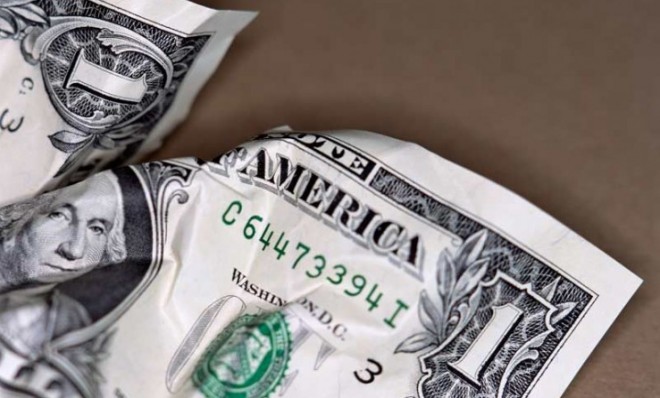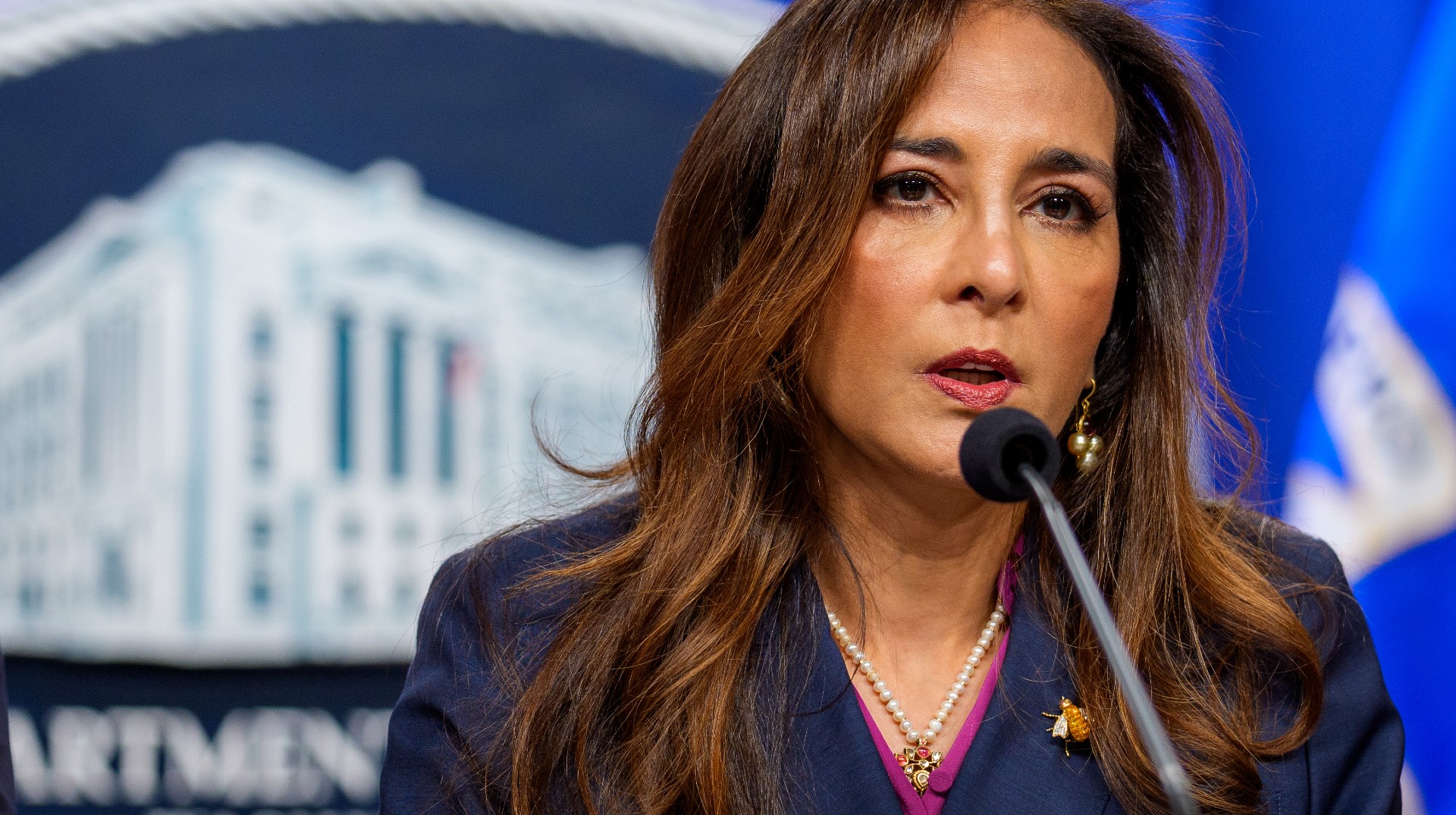Is it time to get rid of the $1 bill?
Government officials say switching to $1 coins would save taxpayers $4.4 billion


This is, admittedly, something of a first-world problem. But there is nothing more exasperating than handing a fiver to a cashier, only to receive change in $1 coins. Might as well have thrown your money away! What good are coins anyway, fated as they are to linger unused in the back of a drawer among the lint and safety pins, or fall into that huge coin slot known as the space between the couch cushions? Yet the Government Accountability Office, the investigative arm of Congress, has advised Congress to replace dollar bills entirely with coins. The GAO claims that it will save the taxpayer $4.4 billion over 30 years, says Martha White at NBC News:
The underwater economics of minting pennies is well-known: It costs about two and a half cents to mint a cent, primarily due to the cost of the copper and zinc that go into each coin. But dollar coins don't cost more to produce than they're worth, and they last about 30 years, versus less than five years for a dollar bill.
The GAO admits that the idea is "controversial," and proposes spending $8 million to convince the public that coins are the way to go. "We've never bitten the bullet to remove the $1 bill as every other Western economy has done," Philip Diehl, a former director of the U.S. Mint, tells TIME. "If you did, it would have the same success the Canadians have had." Canada not only has a $1 coin (the Loonie), but a $2 coin (the Toonie).
Congress is under pressure from certain industries to switch to coins. In favor of the change are mining and metals companies, mass transit agencies, and the vending-machine lobby. Opposed stands the predominant manufacturer of the paper used for U.S. currency — a company called Crane & Co., based in Dalton, Massachusetts — and the public. Indeed, $1 coins are so reviled that the Federal Reserve suspended production of them last year, and holds 1.4 billion of the 2.4 billion coins currently in circulation.
The Week
Escape your echo chamber. Get the facts behind the news, plus analysis from multiple perspectives.

Sign up for The Week's Free Newsletters
From our morning news briefing to a weekly Good News Newsletter, get the best of The Week delivered directly to your inbox.
From our morning news briefing to a weekly Good News Newsletter, get the best of The Week delivered directly to your inbox.
In the end, the GAO's proposal would save the taxpayer about $147 million a year — "a tiny drop in the fiscal bucket," says Jeffrey Sparshott at The Wall Street Journal. And what's $147 million compared to having money you can actually use?
A free daily email with the biggest news stories of the day – and the best features from TheWeek.com
Ryu Spaeth is deputy editor at TheWeek.com. Follow him on Twitter.
-
 DOJ targets ‘disparate impact’ avenues of discrimination protections
DOJ targets ‘disparate impact’ avenues of discrimination protectionsIN THE SPOTLIGHT By focusing solely on ‘intentional discrimination,’ the Justice Department risks allowing more subtle forms of bias to proliferate
-
 ‘Consistency at the ballot box isn’t nearly as meaningful to many voters here’
‘Consistency at the ballot box isn’t nearly as meaningful to many voters here’Instant Opinion Opinion, comment and editorials of the day
-
 8 musicals to see this winter, all across the United States
8 musicals to see this winter, all across the United Statesthe week recommends New shows and reconsidered productions are on the move